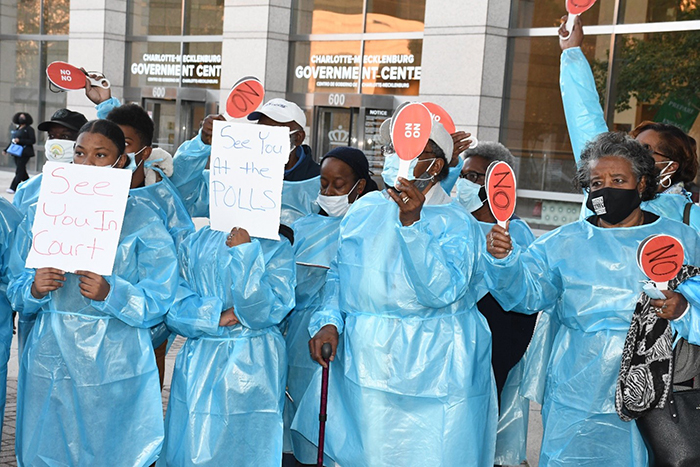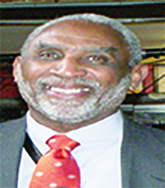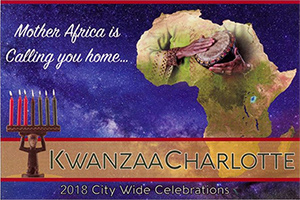
Charlotte City Council Realigns Hidden Valley City Council Precincts Amid Community Protest

By Ken Koontz

In a near-unanimous Monday session vote, Charlotte City Council has approved adoption of a map that redraws and shifts two voter precincts from the current District Four and moves them into Council District One. With Councilman Braxton Winston the only dissenting vote, the new alignment is said to bring those Districts into compliance with population mandates established every ten years in the wake of Federal Census Data.
The movement has drawn heated charges and criticisms from many Hidden Valley residents opposing Council’s intended approval of the proposed realignment map, which by law must be presented to the local Board of Elections by November 17th. Council had sought the outside assistance of a law firm to help develop alternative precinct alignments. Of the four they proposed, Map B1 was the ultimate selection for presentation to Council, developed after public hearings to consider those options for final presentation to City Council.
The mostly African American residents of Hidden Valley opposing the final B1 Map threatened legal action claiming among a variety of objections on the basis that the realignment violates the Federal Voting Rights Act, dilutes Black voting strength, reduces chance of guaranteed Black City Council representation, and overall injures or harms Black voter strength. In addition, opponents charged District Four Council member Renee Johnson of virtual collusion and alleging other Black City Council members of “civic conspiracy.” By the start of Council meeting, the number of dissenting Hidden Valley residents had grown to about 100.
Wearing blue plastic Personal Protection Equipment like that of frontline workers in the Coronavirus pandemic, protestors boasted that their purpose was to avoid “contamination” from the City Council “civic conspiracy” against Black citizens whose interests they are supposed to represent. They held a pre-Council meeting news conference to voice their disagreement with moving precincts 42 and 82 into the Council District 1. Their effort to speak again during the Council’s subsequent deliberations was denied. City Attorney ruled that further public comment after closure of prior public hearings does not provide for nor allow re-opening of such public comment in Council’s final deliberations. With boisterous protests and periodic outbursts during City Council, demonstrators pledged revenge at the ballot box in the next elections and filing of a federal lawsuit if Council did in fact approve the new B1 Map.
A special ad hoc City Council committee headed by District Councilman Malcolm Graham worked with the legal consultants in drawing the initial three maps A, B. and C but finally proposed and presented Map B-1. Voting to approve B1, every member expressed regret and understanding of protestors’ sentiments, but emphasized that the process was followed, concerns addressed, and decisions were made fairly. The lone dissenter, Councilman At-Large Braxton Winston, expressed displeasure and contended that the map does not consider equity and that the excuse of hastily passing the measure should not be that there was not enough time to consider the issue further.
“We have not only done a disservice to Hidden Valley, but we have an opportunity to fix it,” he contended. “We should leave other options open (to Map B1) and send it back to committee for further action,” he imparted.
Councilman Tariq Bokhari offered Winston some consolation and support for breaking down City Council to eleven districts with further voter options to specifically elect both Mayor and Mayor Pro Tem. However, he still voted to accept the B1 Map option.
In a seemingly cloaked acknowledging of protestors’ legal threat, District Five Councilman Matt Newton noted that City Council “may be getting it wrong,” but noted that the courts would likely be the ultimate arbiter.


